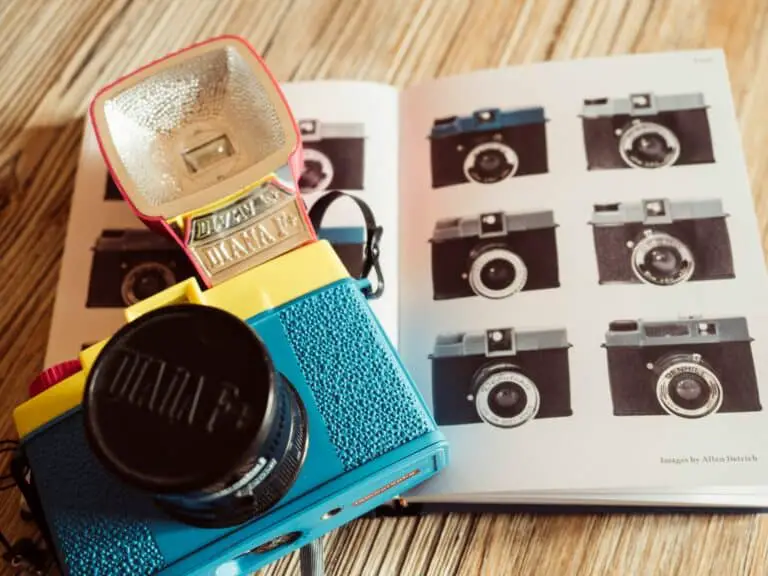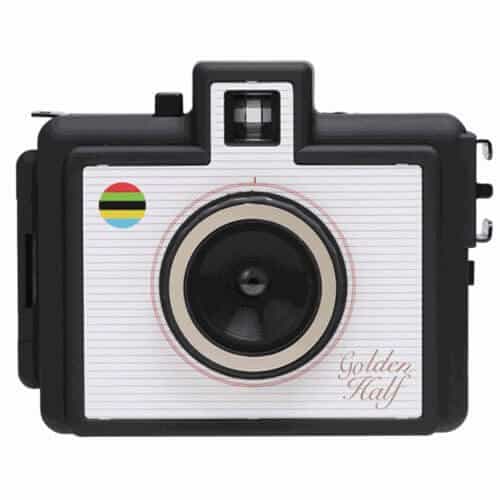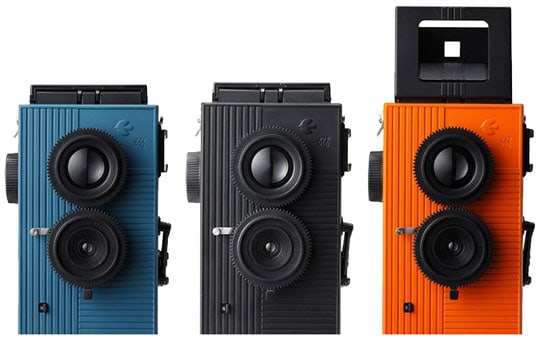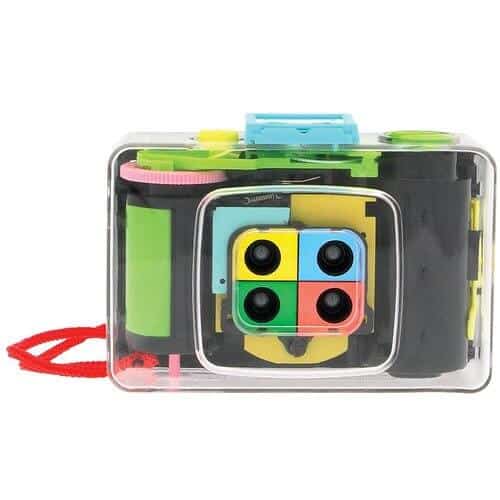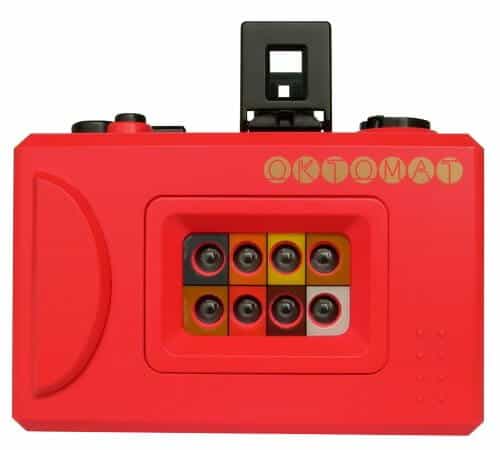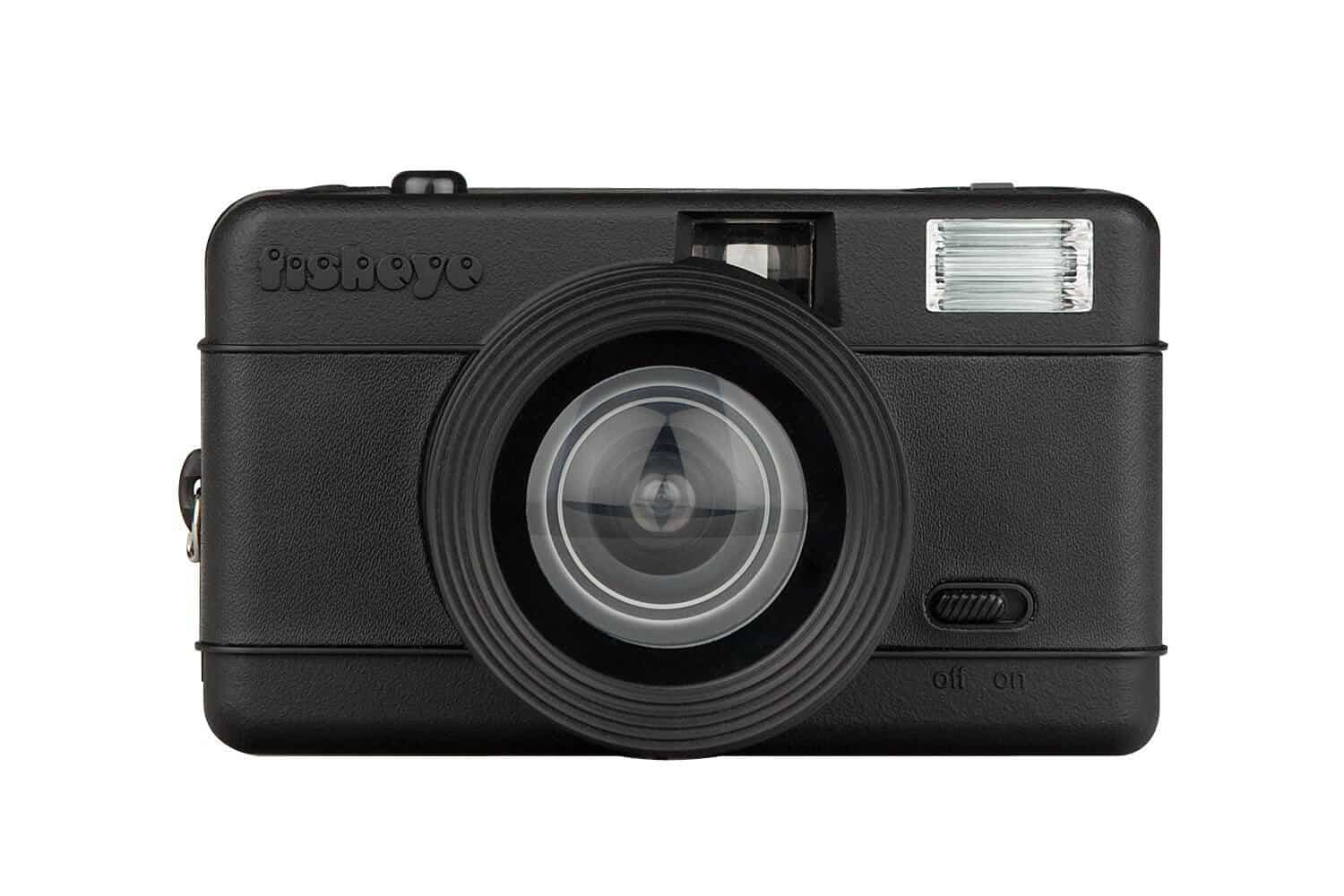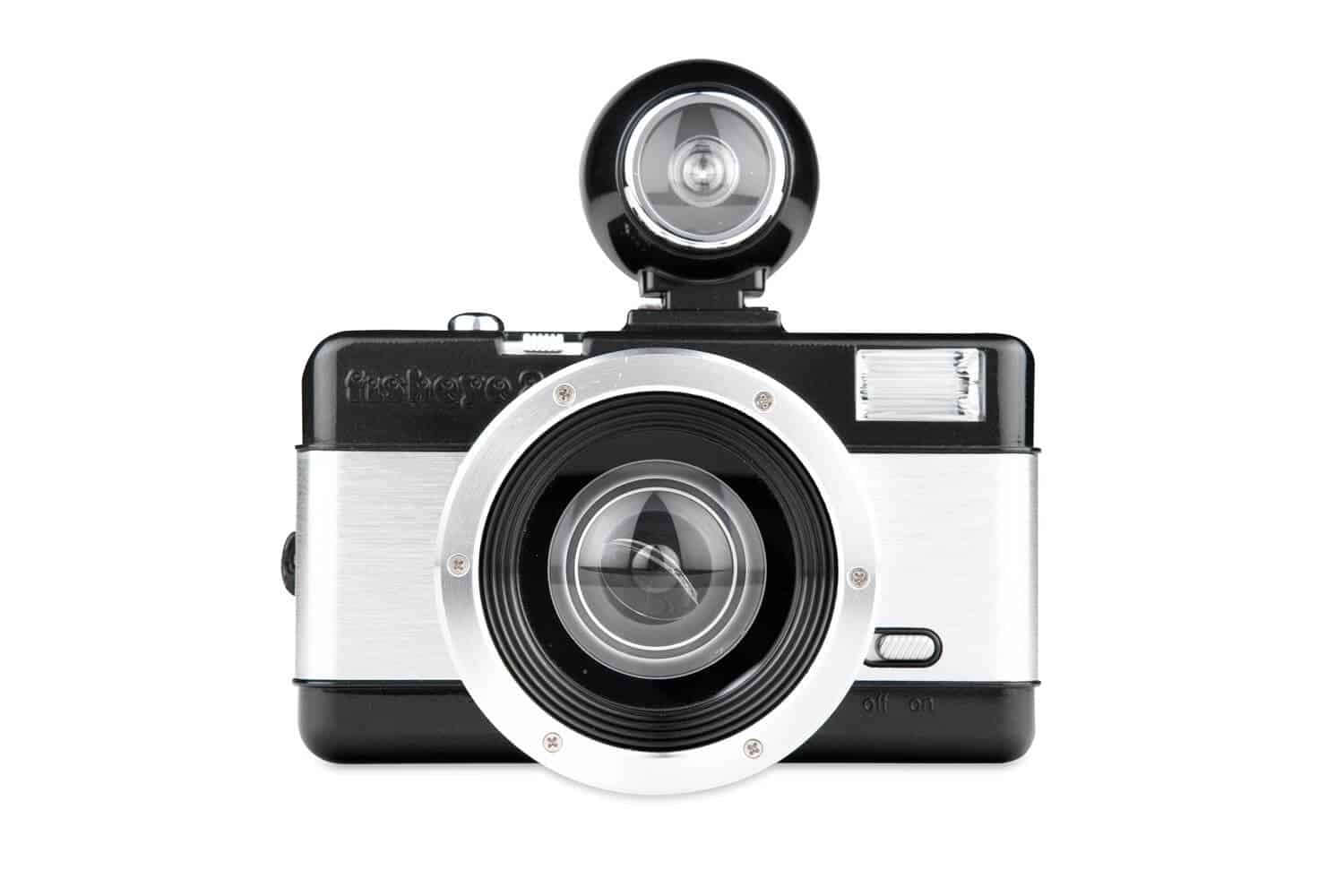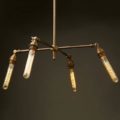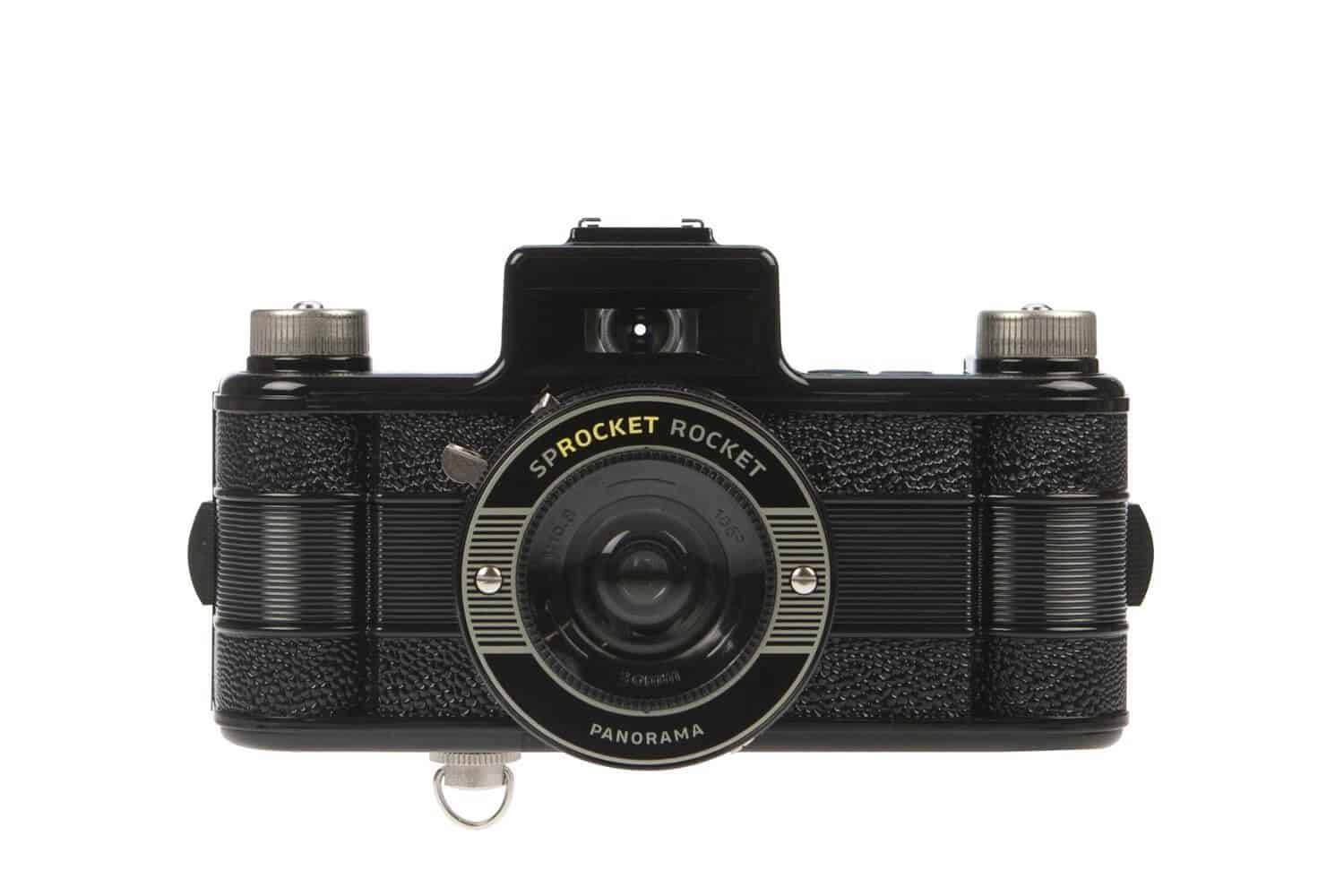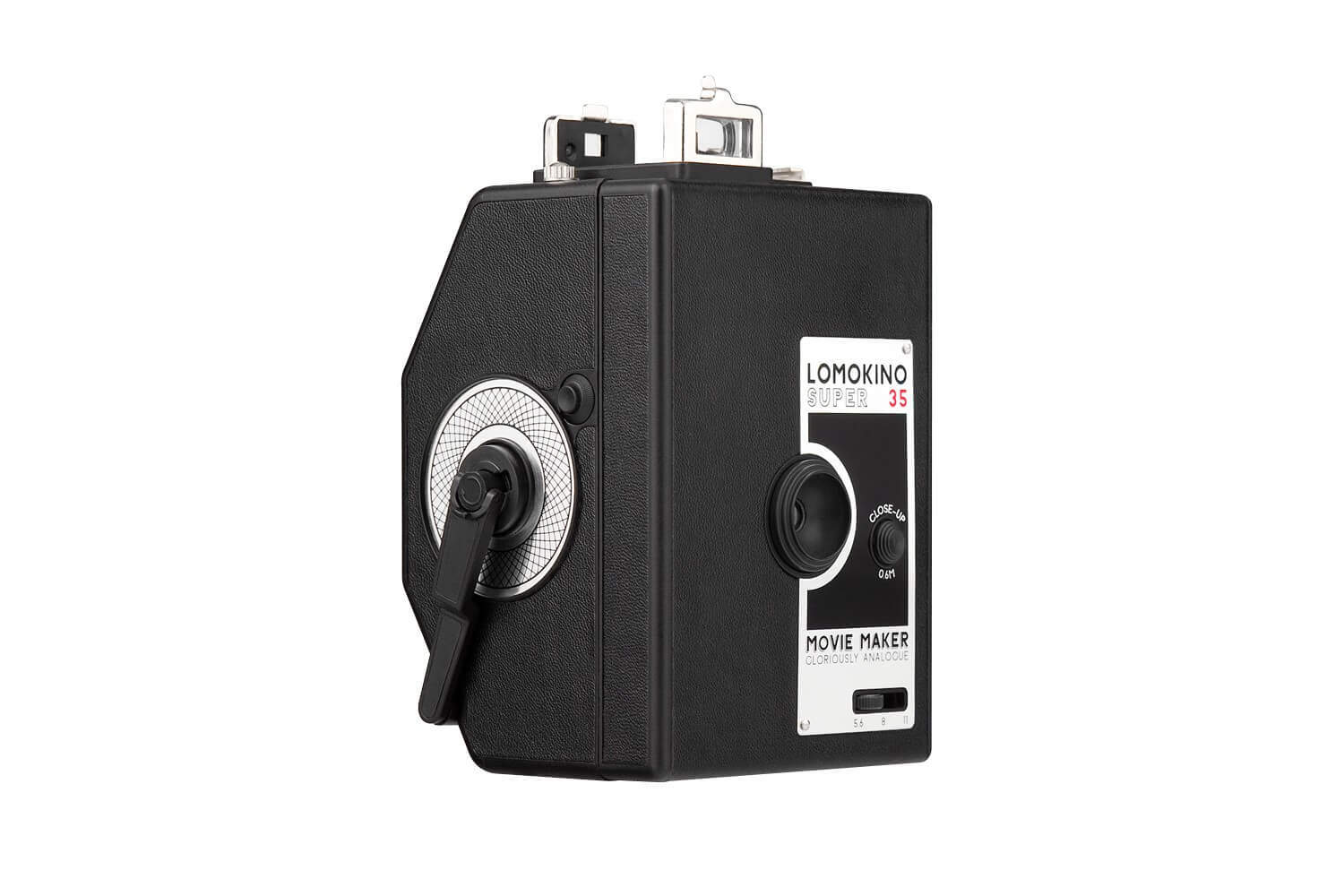Getting the best shots for family portraits and events is important. But obsessing over these details in your photographic work can lead to a creative funk when it comes to the art of photography. Therefore, sometimes a fresh shooting experience is welcome to allow you to benefit from the creativity that photography can offer.
Vintage toy cameras allow photographers to pay almost no attention to the technical aspects of a shot. Shooting film in a plastic body with a fixed shutter speed and few other controls means you can concentrate on composition alone. And if you’re looking for other creative tools to fuel your artistic fire, you should know that there are many unique, innovative cameras on the market today that allow you to shoot in new and interesting ways.
For some people, toy cameras are their first foray into the exciting world of analogue photography, while for others, Lomography devices are their trusty go-to cameras, despite having a huge camera collection – sometimes including some of the best equipment around.
Whatever the case may be, toy cameras will always hold a special place in the hearts and shelves of analogue photographers everywhere, quirks and all. Here is our selection of 10 beloved vintage toy cameras under $90 USD that made a dent in Lomography’s history.
#1. Holga Medium Format Film Camera ($39.99)
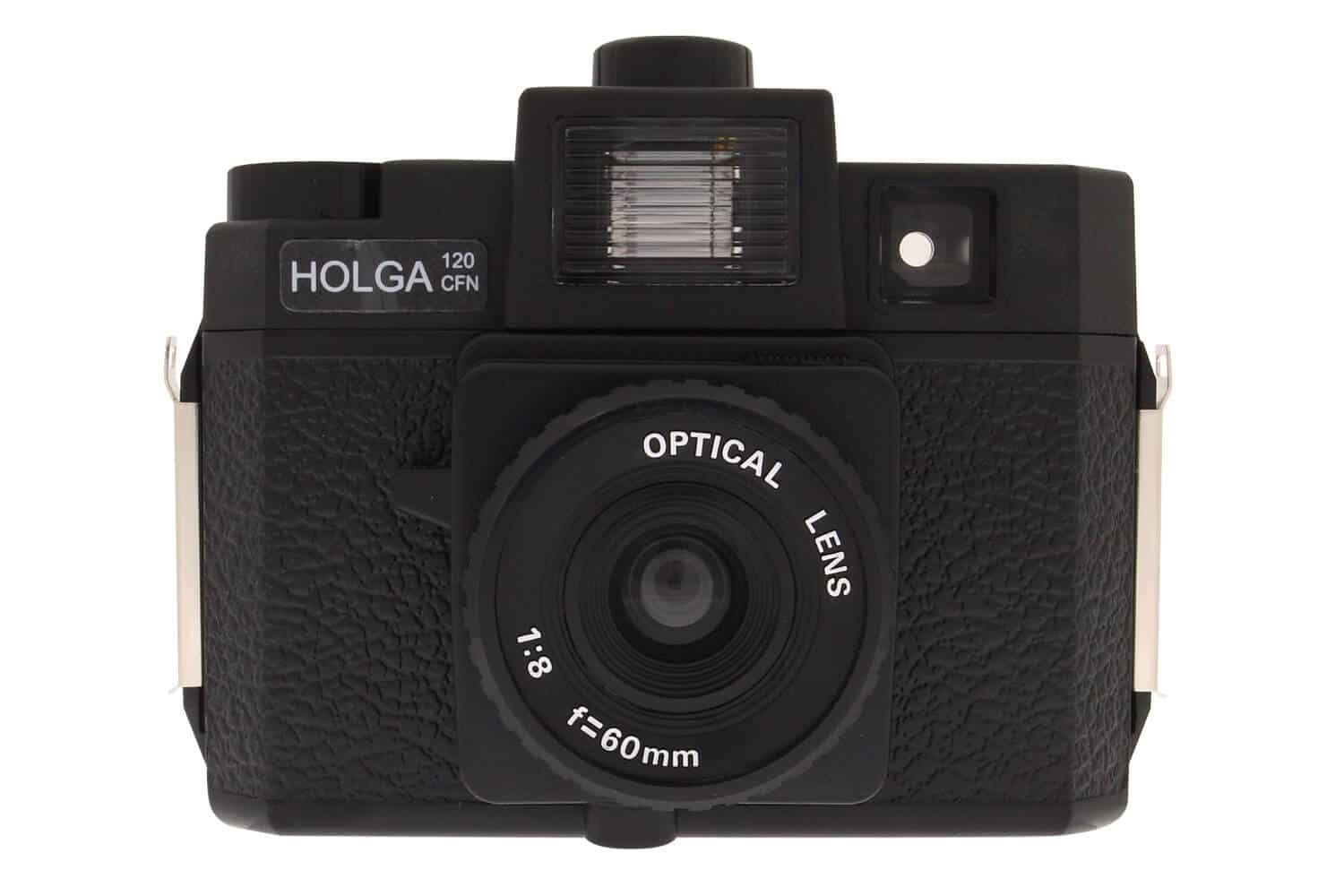
Designed by T. M. Lee in Hong Kong in 1982 as a way to provide an inexpensive mass-market camera for working-class Chinese, the Holga is among the most iconic and well-loved vintage toy cameras ever. In fact, the latest resurgence of toy cameras stems from the love of this classic black utilitarian camera.
The Holga is a medium format camera that became ultra-popular again, partly as a response to the digital consensus with modern photography, and in part as a low-cost, unpredictable means of using film. Because it is quite cheaply made and is consequently relatively low in cost, the Holga is also a more interesting entry-level type of camera. Everything in the camera is plastic, including the lens, and this leads to blown-out, wild-looking photos with plenty of light leaks.
With its lo-fi appeal, vignetting, blur, light leaks, and other distortions, the Holga enjoys a strong cult following among some photographers. Holga photos have won awards and competitions in art and news photography! Unfortunately, as of November 2015, production has been ceased on this camera – but we don’t doubt avid fans will continue to keep the memory of the Holga alive and kicking!
Price: from $39.99 on Amazon
#2. Diana F+ Medium Format Film Camera ($53.58)
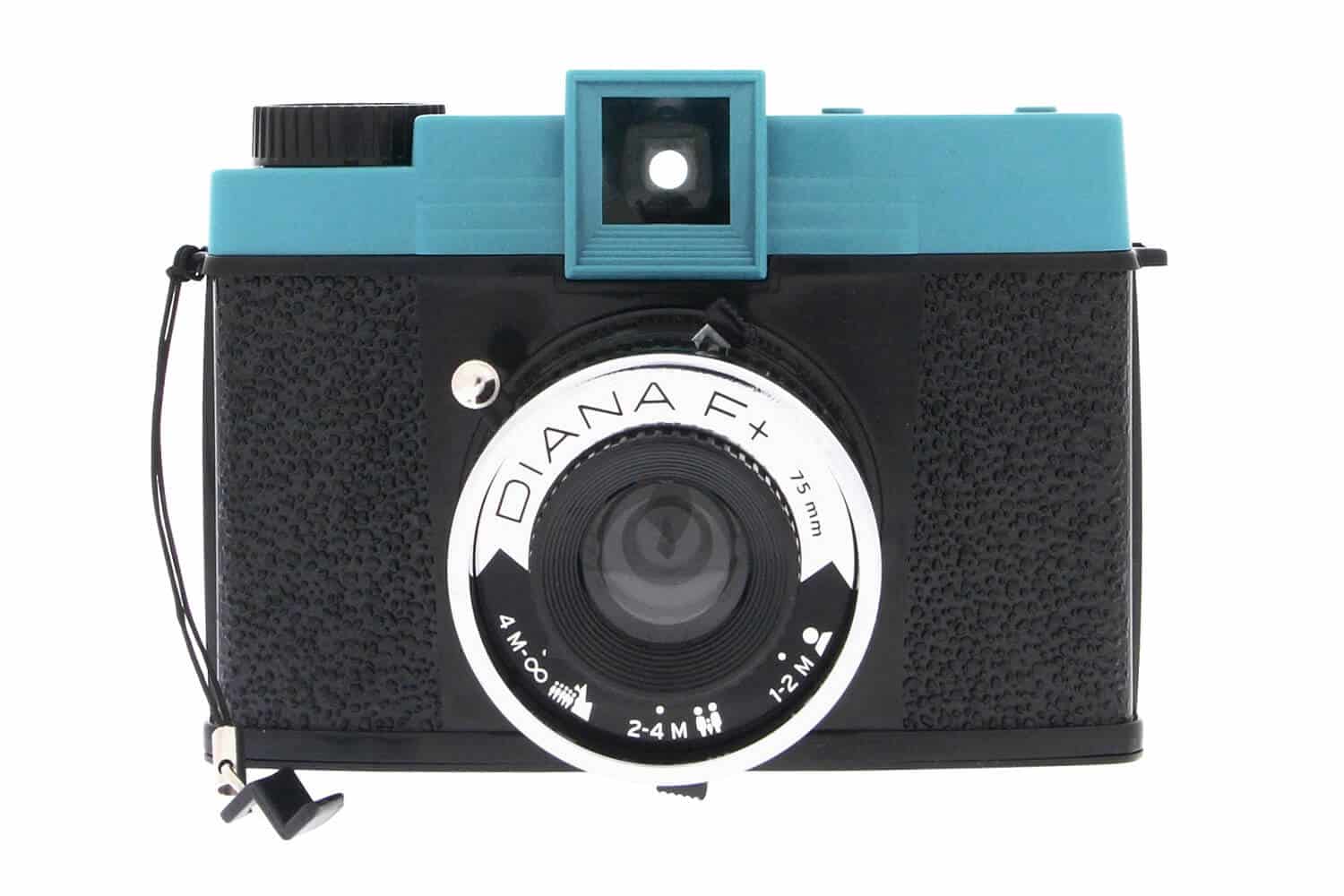
First produced in the 1960s, the Lomography Diana F+ Medium Format Film Camera is a cult favorite among analog cameras hobbyists. In just a short span of time, the Diana F+ was able to gain popularity not only within the Lomography community, but also outside of it. The popularity of the Diana F+ is partly due to its suitability for experimental photography. Like the Holga, its appeal lies on the dreamy, soft-focus photographs that it produces.
The Diana F+ is in fact a reproduction of the cult classic Diana camera, but marked with improvements and plenty of new features: a range of different lenses, its unique endless panorama feature – which allows to place sequential frames next to each other, therefore helping to create seamless images, especially when capturing landscape photos, and color gel filters for a splash of vibrancy, that allow to produce the iconic dreamy, saturated images that the camera is known for, and which truly make the Diana F+ camera shine.
Overall, the Diana F+ offers more than 250 possible combinations. The shots taken will benefit from these filters as it is possible to create a unique look with each photo. The Diana F+ is a versatile and affordable camera which is ideal for capturing a range of images from panoramic landscapes and portraits, to general news photography.
Price: from $53.58 on Amazon
#3. Golden Half Camera ($39.63)
Dedicated vintage toy cameras that shoot half-frame photographs are quite rare, and perhaps one of the most popular is the Golden Half Camera. The quality of the shots this camera produces are so good, that they might even be mistaken for outputs of mainstream half-frame cameras!
The Golden Half Camera was envisioned as an homage to the golden age of the photographic era of Japan. There was a vogue of half-frame cameras in the 1960s, from Japan, originating with the Olympus Pen models, which allowed for a very compact camera, using commonly available 35mm film.
Not only is the Golden Half the smallest 35mm camera in the world, but it also takes half-frame pictures. Also known as single-frame or split-frame, half-frame pictures are 18×24mm photographs on 35mm film. In other words, it means that one standard picture frame is divided into two, therefore giving two separate shots per exposure. Not only does that mean you get double the number of exposures – especially great when considering developing costs -, but you also get to play with diptychs: finding connections between the pictures, planned or unplanned.
The main oddity of half-frame or half-format is that while holding the camera horizontally in landscape mode, you’re actually taking a portrait picture – and vice versa. In addition, the image quality is just right, a sober tone with slight out of focus on the edges.
Last but not least, the Golden Half features a very wide 22mm lens, which means you can capture A LOT at a time, making the Golden Half an ideal tool of candid street photography. Cartier-Bresson would have loved it!
Price: from $39.63 on Amazon
#4. Blackbird Fly 35mm film camera ($86.48)
Introduced in the Superheadz Magic camera tour 2008, the Blackbird Fly is arguably one of the most unique vintage toy cameras available on the market: it’s a Twin Lens Reflex (TLR), uses 35mm film (instead of the standard 120mm), shoots in three formats, and is available in a number of different colours including orange, red, blue, black, white and yellow.
Like all TLR cameras, the Blackbird Fly sports two lenses: the lower for exposing the film, and a flip-up and look down viewfinder to frame up using the upper lens. Because all TLR cameras share the “look down” viewfinders, shooting pictures on the Blackbird Fly gives a very different feel to the picture taking process, mainly because you’re framing much lower than with conventional cameras.
While most TLR cameras use 120 format film, the Blackbird Fly uses 35mm film, which are less harder to find, and can be developed way faster at the nearest 1-hour photo. The Blackbird Fly can also shoot in 3 formats: normal 35mm (24mm x 36mm), square format (24mm x 24mm), and large square format (36mm x 36mm). Lastly, the settings of the Blackbird Fly are easy to tinker with even for a beginner, while the photos are of rather good quality.
All in all, the Blackbird Fly is not a camera you want for snapshots, but rather for deliberate and thought out picture composition. And if you don’t have the budget for a real twin lens reflex like a Rolleiflex, Yashika Mat 124 or a Lubitel 166+, the Blackbird Fly is a fun alternative to discover the pleasure of shooting pictures on a TLR.
Price: from $86.48 on Amazon
#5. Lomography ActionSampler ($37.00) & #6. Oktomat 35 mm film camera ($69.95)
Lomography’s next entrant into the world of vintage toy cameras debuted during the 1998 Photokina convention: the unique, multi-lens maven ActionSampler.
Featuring four lenses arranged in a quadrant, the ActionSampler splits each 35mm frame into a series of four sequential images in a single frame. Inside the plastic body, a few springs turn a full circle when the shutter release button is pressed. The total exposure takes 1 second, with each lens being opened for just a quarter of that time. The result is four frames on the same negative.
Not content with just four frames, the ActionSampler eventually evolved into the Oktomat, which utilizes the same four-lens concept, but with eight lenses on the front of the camera.
With one touch of the shutter button, the Oktomat‘s 8 tiny lenses fire in turn, creating a multi-frame mini photo vignette. A lomographic camera that begs experimentation and creativity, the multi-frame format of the Oktomat captures movement in interesting, pop-art ways.
The ActionSampler and the Oktomat were not conceived for static portrait sessions, like a passport camera, but for action. Shots featuring movement are encouraged, since blurring is usually part of the intended effect!
Because theActionSampler and the Oktomat lack any type of control – no focus, no exposure settings and no real control over framing – shooting film with both cameras means you will be concentrating on composition alone, therefore enabling you to look for an artistic say in a different way then you would normally do with an SLR.
ActionSampler: from $37.00 on Amazon
Oktomat: from $69.95 on Amazon
#7. Lomography Fisheye One ($39.99) & #8. Fisheye No. 2 35mm film camera ($79.00)
Ah, the famous Fisheye with its 170-degree barrel distortion! Some people might claim, “there’s an app for that”! But even they would have to admit that nothing beats the real deal.
The Fisheye One and Fisheye No. 2 probably are Lomography’s most popular cameras. The brand claims that both models are the only wide-angle 35mm camera that can capture 170-degree field of vision with its compact and easy-to-use design.
The All Black Fisheye One 35mm Camera from Lomography is a compact 35mm film camera that features a plastic 10mm fisheye lens with a fixed f/8 aperture for producing a distorted circular image on a rectangular frame. The 170° wide field of view of this camera, means that even when not using the built-in viewfinder you will easily be able to capture your subject on the 35mm film frame, allowing for more experimentation with your angles and shots.
The Fisheye One and Fisheye No. 2 are essentially the same, but the latter boasts of more features such as the “B” setting (for long exposures), a multiple exposure switch, a detachable fisheye viewfinder, and a standard hot shoe.
Considering the cost of a fisheye lens for a DSLR camera, Lomography’s $39.99 Fisheye One and $79.99 Fisheye No. 2 look like an inexpensive way to play with a fisheye and dabble in film again.
Fisheye One: from $39.99 on Amazon
Fisheye No. 2: from $79.00 on Amazon
#9. Lomography Sprocket Rocket 915 35mm film camera ($79.99)
Lomography’s Sprocket Rocket truly takes analogue photography into an exciting new era. It is the world’s first wide-angle camera that takes super-sharp panoramic photographs with the classic sprocket hole detail!
Wait… what are sprocket hole?
For some Lomographers, sprocket-hole photography has long been an obsession. The sprocket holes are basically the small rectangular perforations on a 35mm film, located on each edge of the film, and are used to guide the film through the camera from its canister. The Sprocket Rocket allows you to really get the most out of your film by exposing the image on the full length of the film, including and extending past the sprocket holes!
The Sprocket Rocket is also fully equipped with a super wide-angle lens, allowing you to really get the whole picture: whether you want to have your entire graduation class in one photo or fit that stunning cityscape into one frame, the Sprocket Rocket‘s crisp and beautiful panorama function, makes it possible.
You can also remix your photos and your memories with the unique dual winding knobs. Dance, dart and flutter between frames to your heart’s content – the Sprocket Rocket is a basic, straight-forward, fun camera that allows for a lot of exploration, multiple exposures and creativity. Simply load the Sprocket Rocket with any 35mm film to produce 18 mind-blowing and sprock-ified panoramas!
Price: from $79.99 on Amazon
#10. Lomography Lomokino 35mm Movie Maker 420 ($58.24)
The Lomokino 35mm Movie Maker 420 pays homage to the original Chaplin-era movie cameras. Basically, you just need to hand-crank the 35mm film through the box-like device, while a fixed-focus lens captures all the jittery, grainy action. It can’t get more retro than that.
For a toy camera, Lomography put a lot of polish on the fit and finish of its Lomokino 35mm Movie Maker 420. The camera is encased in a sort of faux leather, which actually lends the device a pretty good aesthetic. It is small, and although it feels like it would not withstand a beating, the Lomokino 35mm Movie Maker 420 does feel durable enough to use without worrying about breaking it.
The image quality is what makes the Lomokino 35mm Movie Maker 420 truly unique. This camera shoots in a super-wide aspect ratio and uses a plastic lens, meaning that each frame you shoot has 25% area volume of a standard 35mm frame and its lens is far from sharp on the edges and corners. Based on the device’s specifications, a full roll of 36 exposures should capture 144 frames, which in turn will result in 50-60 seconds of footage.
However, this is all part of the charm of the Lomokino 35mm Movie Maker 420, and the look is uniquely Lomo. If you’ve ever shot through a Holga, it’s pretty much of that quality.
The Lomokino 35mm Movie Maker 420 is a lot of fun to shoot and the end result of the process is unlike anything you may have shot with.
Price: from $58.24 on Amazon
Conclusion
The exploration of vintage toy cameras reveals a delightful panorama of simplicity and creativity in photography.
From the Holga Medium Format to the Lomography LomoKino 35mm Movie Maker, each camera featured in this article offers a unique gateway to rediscovering the joy of photography. Revered for their ability to strip photography down to its bare essentials, vintage toy cameras allow artists to focus solely on composition and the story they wish to tell.
Whether you’re a seasoned photographer looking to break free from the constraints of modern digital photography, or a newcomer eager to dip your toes into the enchanting world of film, this guide has showcased an array of affordable, innovative options. Adopting a vintage toy camera under $90 USD means embracing imperfection and the beauty it brings to every frame, ensuring that the art of photography remains a boundless source of creativity and inspiration.


